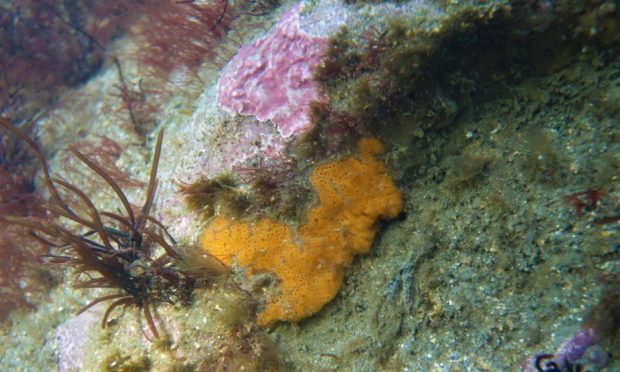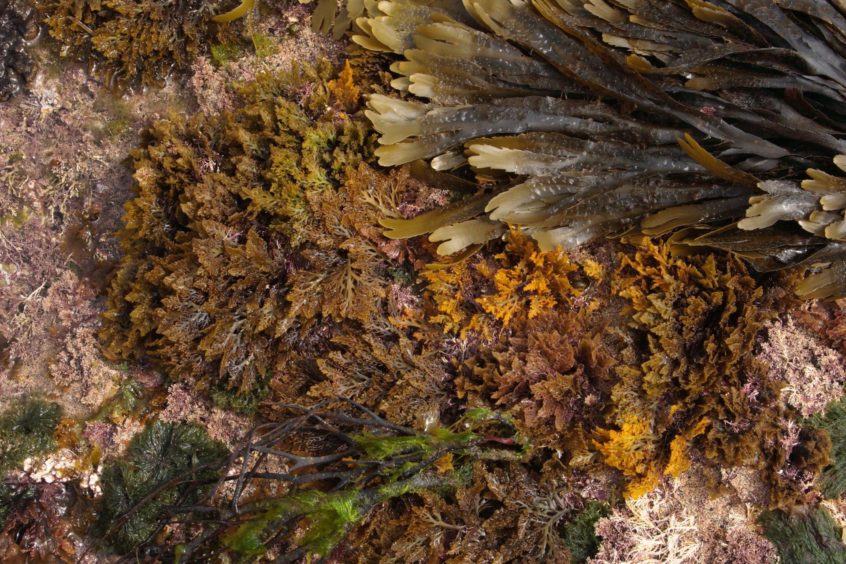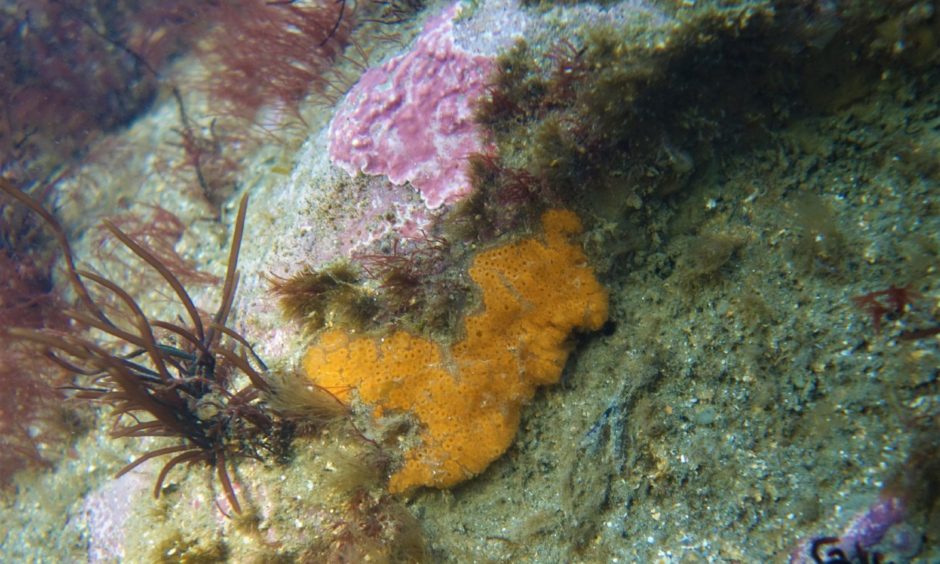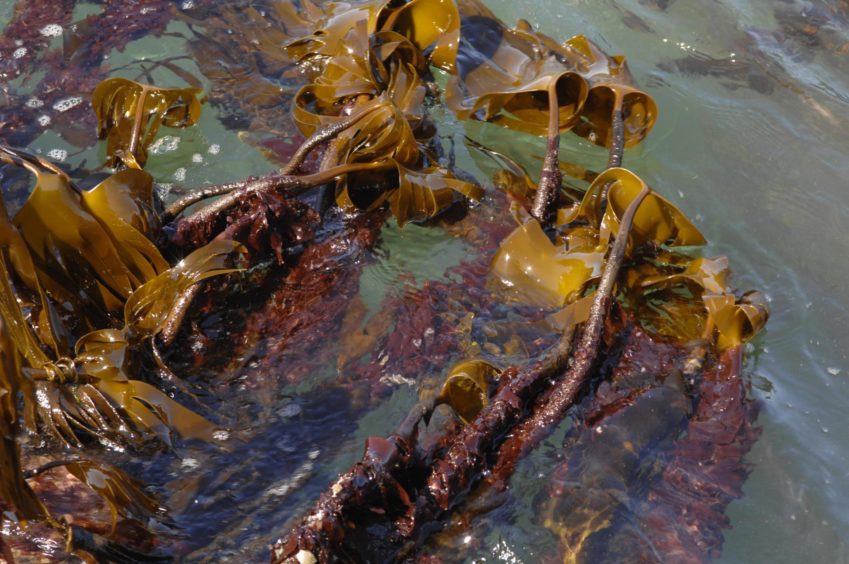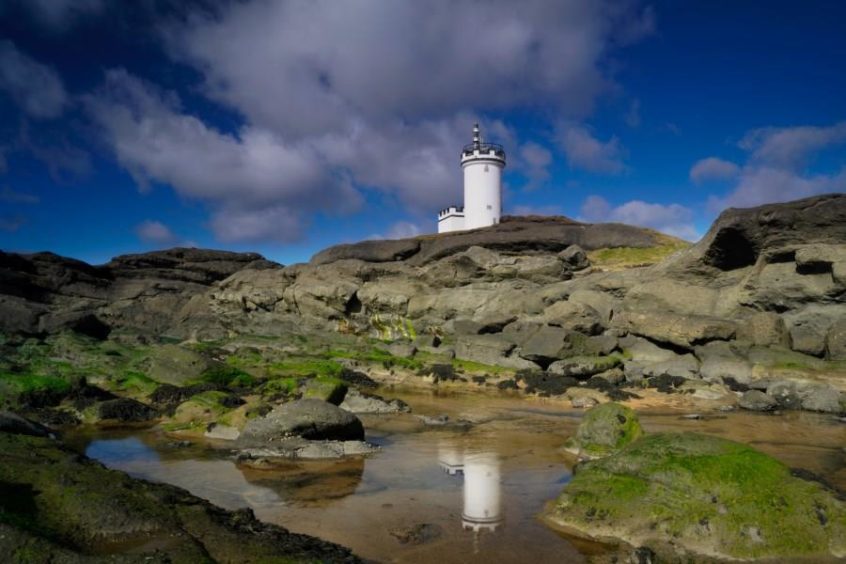Paradise lagoon seemed an entirely appropriate name to have coined for this large, shallow sea pool by the shore near Elie in the East Neuk of Fife.
Exposed at extreme low tides, I had snorkelled in its languid expanses several times before, and from the very first instance, the clarity of the water and abundance of sea life had brought me under its spell.
Paradise? Yes, most definitely, and the name paradise lagoon has stuck in my mind ever since, despite the whimsical nature of this name conjured from the depths of my imagination.
A narrow fissure in the rocks drains the lagoon into the open sea, yet the release of water is slow and only occurs at the lowest ebb of the tide.
The placid stillness of the lagoon greatly aids the visibility, and whenever I have slipped through the rock gap into the choppier sea beyond, the water is less clear.
So, it was with great anticipation that I plunged my wetsuit clad body once more into this kelp-fringed lagoon on a frosty April morning, the water swirling past my mask in a flurry of sparkling bubbles.
My vision quickly cleared to reveal a colourful underwater garden, carpeted with every type of seaweed imaginable.
It is easy to regard seaweeds as being simply brown or dull green, and not terribly exciting, but here there were bright limey-green sea lettuces, the warm hues of purple-brown dulse, the reddish and leaf-like sea beech, and the crinkly flattened fronds of sugar kelp.
One particularly eye-catching type was a pinkish, rock encrusting coral-like species, known as pink paint weed.
It hardly resembles a seaweed at all because of its hard, chalky form that coats rock surfaces like a rough-cast wall finish.
I was glad that this species had an English everyday name, for many species in the natural world do not, and are simply know by their Latin scientific nomenclatures.
It may seem a moot point, but the lack of an easily identifiable name for individual species of flora, fauna, and fungi diminishes our everyday recognition of more unusual lifeforms.
This was well-illustrated when I glided into a margin of the lagoon, where a yellow-orange shimmering shone from a rock shelf.
It was the delightfully named bread crumb sponge, which displayed raised bumps and distinctive pores.
Bread crumb sponge – now, that is a name that sticks in the mind.
Also drawing my attention were unusual greenish, gooseberry-like jelly blobs that adorned many of the seaweed fronds.
They were the eggs of green-leaf worms; spectacular bright green creatures that live in crevices, barnacle and mussel beds, and in among kelp.
I snorkelled for a while a longer, but with the air temperature not much above freezing, the cold soon got the better of me and I hauled myself out of the water, thrilled at the marine riches revealed once more within my paradise lagoon.
Info
Seaweeds are algae, which play a crucial role in the marine ecosystem by releasing oxygen through photosynthesis, as well as providing shelter for much sea life.
